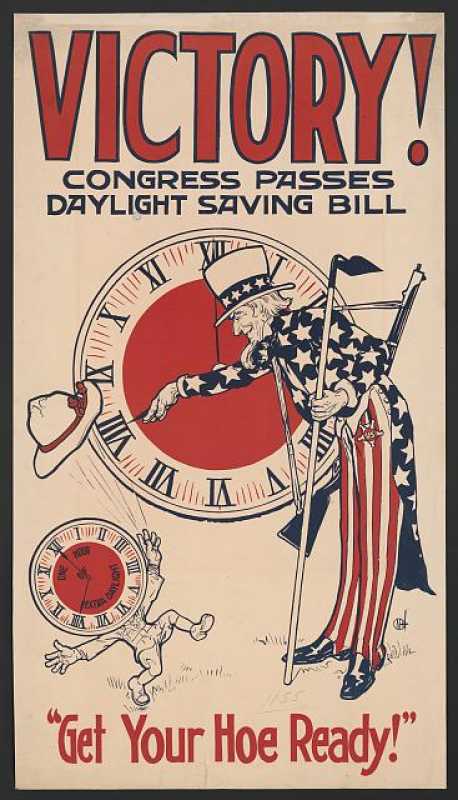News
Daylight Saving Time: History, Legislation, and Debates

As the clocks in New Jersey prepare to spring forward an hour on March 10, 2024, marking the onset of Daylight Saving Time, a shift in sunset and sunrise times looms. On the eve of the time change, sunset will occur at 6 p.m., followed by a 7 p.m. sunset the next day. However, the sun will rise later, at around 7:16 a.m. post time shift, compared to 6:18 a.m. pre-adjustment.
Contrary to common misconception, Daylight Saving Time (DST) commences on the second Sunday in March and concludes on the first Sunday in November, with the 2024 spring equinox falling on March 19 at 11:06 p.m. The shift will entail sunrise and sunset times adjusting accordingly.
Despite most states adhering to DST, notable exceptions include Arizona, Hawaii, Puerto Rico, Guam, American Samoa, and the U.S. Virgin Islands. Indiana only adopted DST in 2006, owing to the provisions within the Uniform Time Act of 1966 that permit states to opt out of DST observance, with authorization from the U.S. Congress required for legislative changes.
In 2007, DST transitioned to its current timeframe, starting on the second Sunday in March and ending on the first Sunday in November. Efforts for year-round DST have surfaced in multiple states, with bills proposed in New Jersey seeking to establish DST as the official year-round time. As of 2022, these bills await further legislative action.
The National Conference of State Legislatures (NCSL) reports that several states have passed resolutions or enacted legislation advocating for permanent DST, with public opinion divided. A 2022 survey revealed that 46% of Americans prefer year-round DST, while 33% opt for year-round Standard Time, and 21% are content with the current biannual time shifts.
The origins of modern DST trace back to World War I, with the German Empire pioneering the concept to conserve fuel. A historical anecdote recalls Benjamin Franklin musing about daylight wastage during a 1784 visit to Paris, suggesting a tax on closed windows post-sunrise to incentivize daylight use over candle consumption.
In the U.S., DST was first enacted in 1918, reintroduced during World War II, and briefly upheld nationwide during the conflict to aid energy conservation efforts. In 1973, President Nixon enacted legislation to make DST permanent in the U.S., aiming to streamline timekeeping practices nationwide before the law was revoked within a year.












